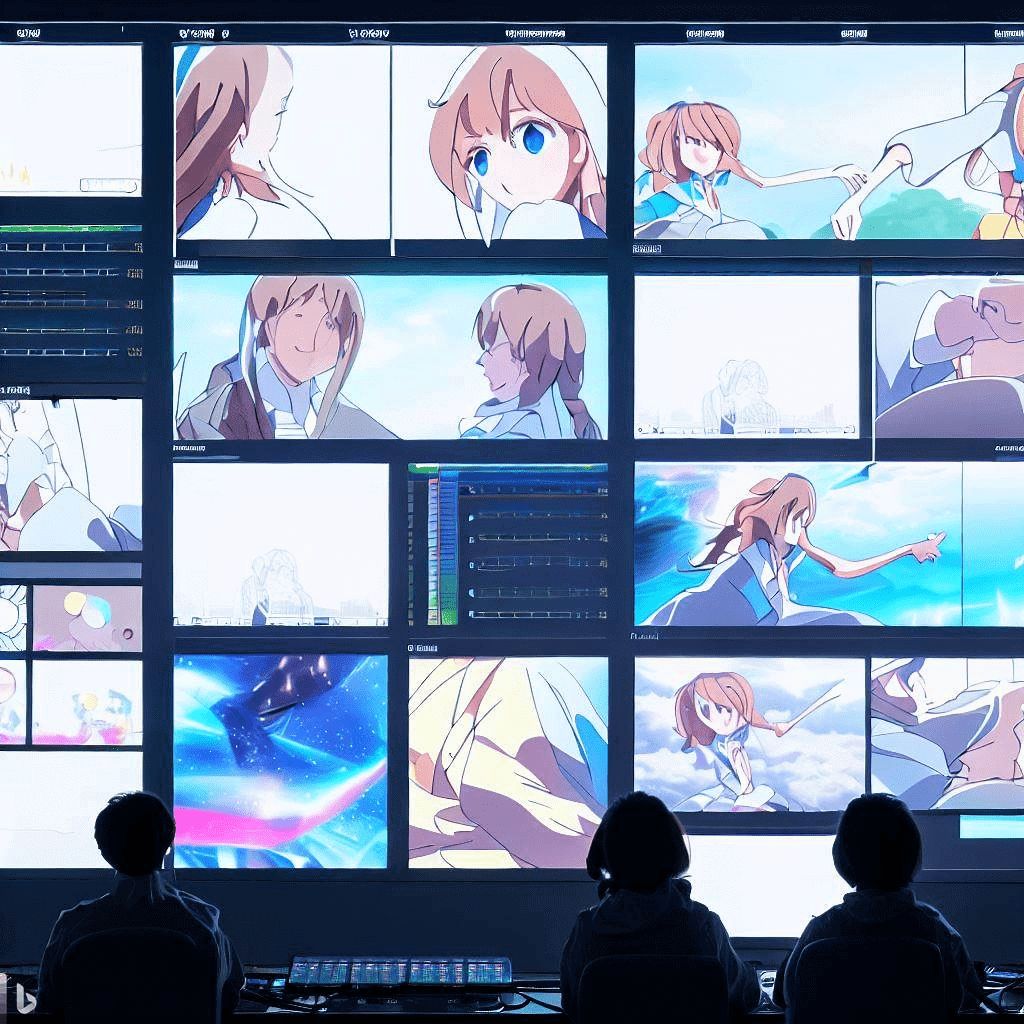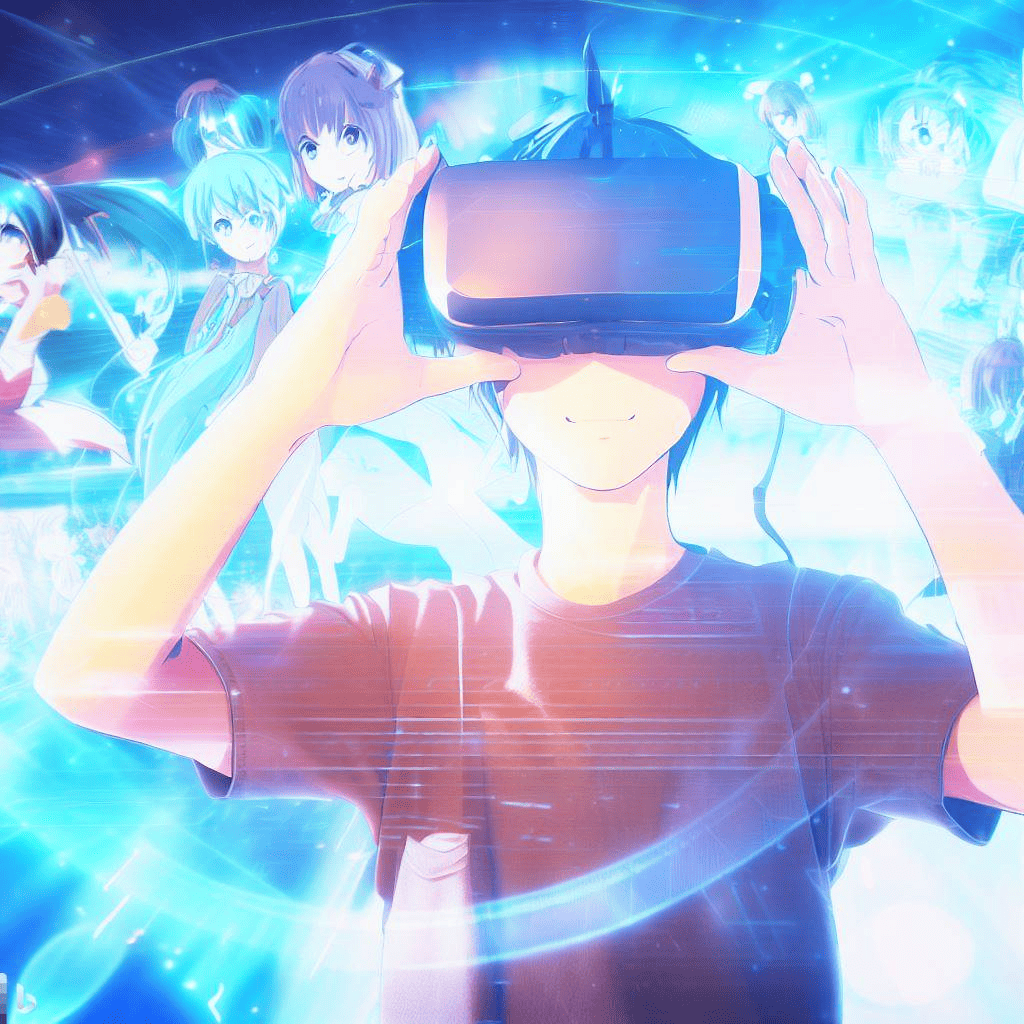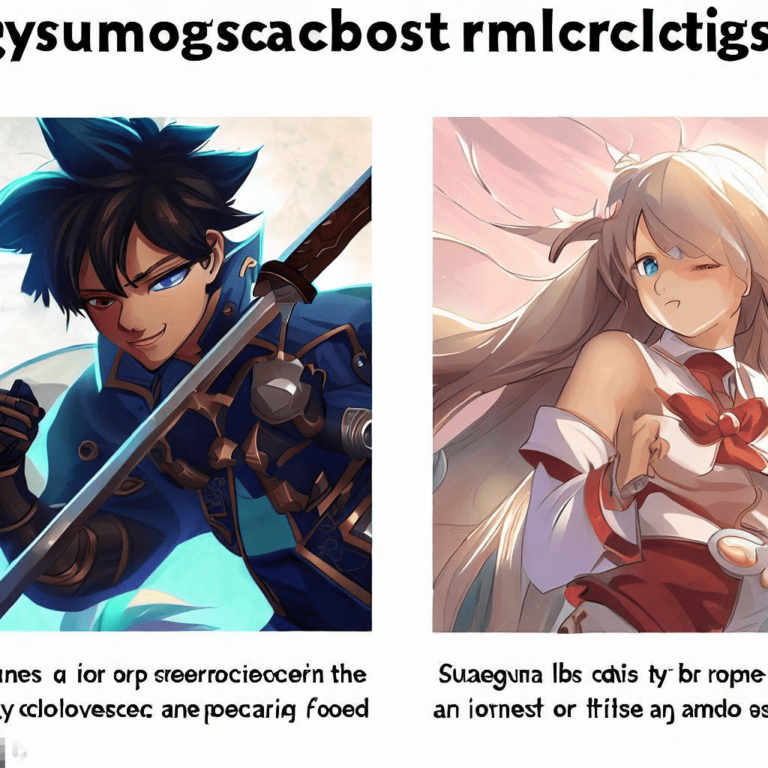From Otaku to Worldwide Phenomenon: Unraveling the Captivating History of Anime

Introduction
Anime, a distinctive form of animation originating from Japan, has transcended geographical boundaries to become a worldwide phenomenon. Over the years, it has captured the hearts of millions, captivating audiences with its unique storytelling, vibrant art style, and diverse genres. This article delves into the captivating history of anime, exploring its evolution from a niche subculture to a global cultural force.
Table of Contents
- Introduction
- The Origins of Anime
- The Golden Age of Anime
- Anime Goes Global
- The Influence of Technology
- Anime and Pop Culture
- Anime’s Impact on Society
- Anime in the Digital Age
- The Future of Anime
- Conclusion
- FAQs
The Origins of Anime
Anime traces its roots back to the early 20th century in Japan when the country began experimenting with animation techniques. Inspired by Western animation, Japanese animators crafted their unique style, blending traditional Japanese art forms with modern animation principles. The first recognized anime film, “Momotaro’s Divine Sea Warriors,” was released in 1945, showcasing the potential of this emerging art form.
Anime’s popularity continued to grow throughout the post-war era, and in the 1960s, iconic anime series like “Astro Boy” and “Speed Racer” were introduced to television audiences. These shows combined imaginative storytelling with colorful visuals, captivating a new generation of viewers and laying the foundation for the future success of anime.
The Golden Age of Anime

During the 1970s and 1980s, anime experienced a surge in popularity in Japan. This period, often referred to as the “Golden Age of Anime,” witnessed the creation of iconic series like “Mobile Suit Gundam” and “Dragon Ball.” These shows introduced complex narratives, rich character development, and stunning visuals, solidifying anime as a distinct and influential medium.
The Golden Age of Anime also saw the emergence of influential anime filmmakers like Hayao Miyazaki and Isao Takahata, who co-founded Studio Ghibli. Their films, such as “My Neighbor Totoro” and “Grave of the Fireflies,” showcased the artistic and storytelling prowess of anime, earning critical acclaim both in Japan and internationally.
Anime Goes Global
In the 1990s, anime began to gain traction outside of Japan, primarily through the efforts of dedicated fans known as “otaku.” These passionate enthusiasts, driven by their love for anime, formed communities and shared translated versions of their favorite shows. The internet played a pivotal role in facilitating this global spread, connecting fans from different corners of the world.
The success of anime series like “Pokémon” and “Sailor Moon” in international markets further fueled the global popularity of anime. These shows not only attracted young audiences but also garnered a dedicated adult fan base, solidifying anime’s status as a medium that appeals to audiences of all ages.
The Influence of Technology

Advancements in technology, particularly the internet and streaming platforms, have significantly contributed to the rise of anime’s popularity worldwide. Online streaming services allowed fans to access a vast library of anime titles, fostering a global audience. Furthermore, social media platforms provided a space for fans to connect, share their experiences, and express their love for anime.
As technology continues to evolve, virtual reality (VR) and augmented reality (AR) present new avenues for immersive anime experiences. VR anime experiences, where viewers can step into the world of their favorite shows, are already gaining traction, offering a glimpse into the future of anime consumption.
Anime and Pop Culture
Anime’s impact on pop culture cannot be understated. It has influenced various artistic mediums, including film, television, music, and fashion. Anime-inspired movies like “Spirited Away” and “Your Name” have garnered international acclaim and introduced new audiences to the beauty and depth of anime storytelling. Anime conventions and cosplay events have also become prevalent, further cementing its place in popular culture.
The fashion industry, too, has been influenced by anime, with anime-inspired clothing lines and collaborations between fashion designers and anime franchises. The unique and visually striking character designs in anime have inspired new fashion trends and created a distinct aesthetic that resonates with fans around the world.
Anime’s Impact on Society

Beyond entertainment, anime has had a profound impact on society. It has tackled diverse themes such as social issues, personal growth, and environmentalism, providing a platform for important discussions. Moreover, anime’s portrayal of complex characters and their journeys has resonated with audiences, fostering empathy and understanding across cultures.
Anime has also played a role in promoting cultural exchange and tourism. The popularity of anime has sparked interest in Japanese culture and inspired fans to visit Japan to explore the places depicted in their favorite shows. Anime-themed attractions, such as themed cafes and merchandise stores, have become popular tourist destinations, contributing to local economies and promoting cultural tourism.
Anime in the Digital Age
The advent of digital technology has revolutionized the production and distribution of anime. Studios now employ computer-generated imagery (CGI) to enhance animation quality, while online platforms offer simultaneous global releases, allowing fans worldwide to enjoy new episodes concurrently. This digital age has opened up exciting possibilities for the future of anime.
Furthermore, the rise of social media platforms and video-sharing websites has given rise to a new wave of anime content creators. Fans can now express their love for anime by creating their own fan art, music covers, and even original anime-inspired stories. This democratization of content creation has fostered a vibrant and engaged anime community.
The Future of Anime

As anime continues to captivate audiences worldwide, its future appears bright. With expanding international markets and growing demand, anime studios are exploring new narratives, genres, and animation techniques. Collaborations between Japanese and international creators are on the rise, leading to cross-cultural storytelling that pushes the boundaries of anime as an art form.
In addition, advancements in technology, such as virtual reality and artificial intelligence, hold the potential to revolutionize the anime viewing experience. Virtual reality anime worlds, interactive storytelling, and personalized recommendations are just a few examples of the exciting possibilities that lie ahead.
Conclusion
Anime’s journey from being a niche subculture to a worldwide phenomenon is a testament to its enduring appeal. Through its distinctive art style, compelling storytelling, and diverse themes, anime has won the hearts of millions and become an integral part of global entertainment. As it evolves and embraces new technologies, anime is set to shape the future of animation and continue to inspire generations to come.
FAQs
- Q: How did anime gain popularity outside of Japan? A: Dedicated fans known as “otaku” played a significant role in spreading anime globally through their passionate efforts.
- Q: What impact has anime had on pop culture? A: Anime has influenced various artistic mediums, introduced new fashion trends, and inspired internationally acclaimed movies.
- Q: How has digital technology affected the production and distribution of anime? A: Digital technology has enhanced animation quality and allowed for simultaneous global releases, providing fans worldwide with immediate access to new episodes.
- Q: What can we expect from the future of anime? A: The future of anime looks promising, with expanding international markets, collaborations between creators, and innovative storytelling techniques.
- Q: What makes anime unique compared to other forms of animation? A: Anime stands out with its distinct art style, complex narratives, and its ability to tackle a wide range of themes and genres.





